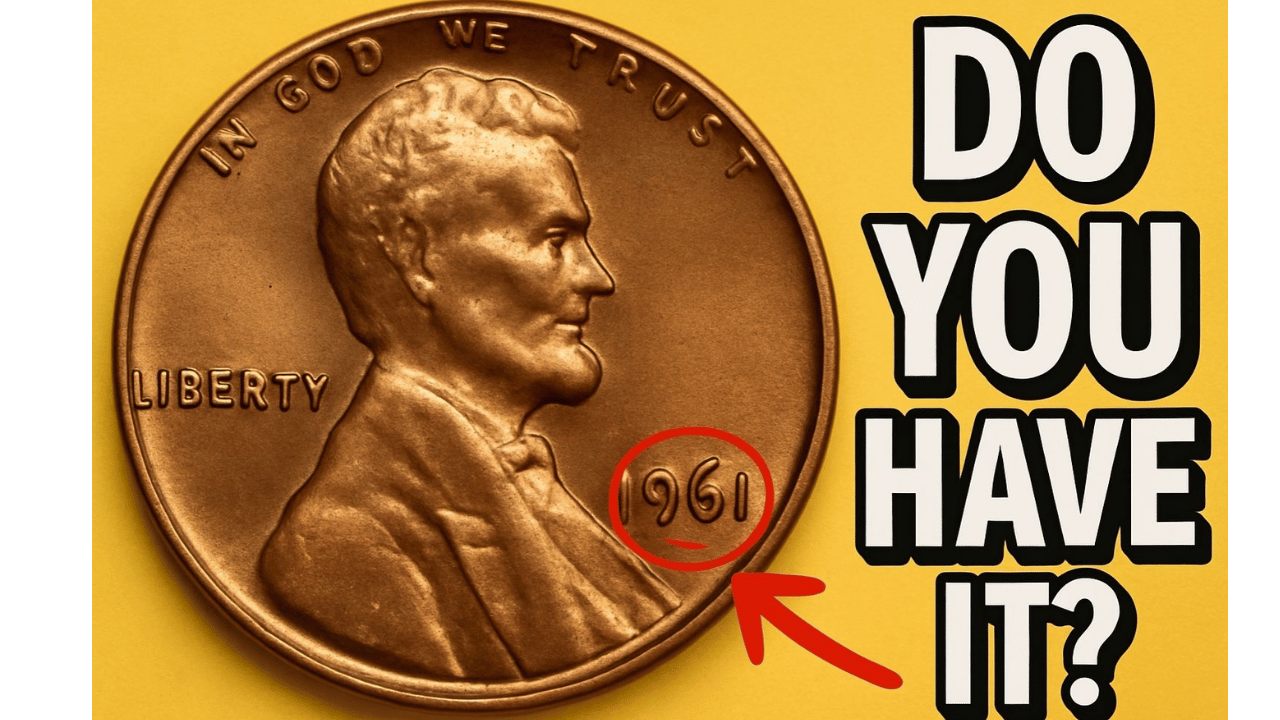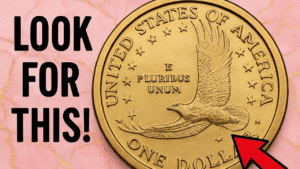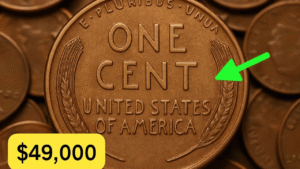You ever toss a penny into the tip jar or leave one on the gas station counter and think, “Eh, it’s just a cent”? Same. But what if I told you one of those forgettable little coins could be worth $950,000? Nope, this isn’t clickbait. No scammy midnight infomercial. This is the wild, weird world of the Lincoln Wheat Penny—and some of these copper relics are worth more than a Tesla. Or two.
Meet the Penny People Actually Care About
First, a quick history lesson (don’t zone out). The Wheat Penny is the one with two curved wheat stalks on the back. It ran from 1909 to 1958, originally minted to celebrate Abe Lincoln’s 100th birthday. Fun fact? It was the first U.S. coin to feature a real human—which back then was borderline scandalous. People thought putting a president on money made us look too much like a monarchy. Ah, simpler times. Anyway, most of these pennies are worth about what you’d expect: one cent. Maybe five if you find someone really into vintage copper. But a few? A few are so rare, they’ve become numismatic legends. Let’s talk unicorns.
Why Everyone’s Obsessed With the 1943 Copper Wheat Penny
In 1943, America was deep in World War II, and copper was a hot commodity—needed for bullets, phone wires, and all kinds of military equipment. So the U.S. Mint made a swap: steel pennies coated in zinc instead of copper. They looked silvery, almost fake. Felt kinda cheap, too. But here’s the kicker: in the chaos of war-time production, a few copper blanks got left behind. Just a handful. And those blanks accidentally got stamped with the 1943 design. Boom: ultra-rare copper 1943 Wheat Pennies were born. How rare? Experts think fewer than 40 exist, with maybe a dozen in private hands. Some real-world examples: one sold for $144,000. Another went for $950,000 in a private deal. Others regularly fetch $50K–$250K, depending on condition. So yeah. Keep reading.
Got One? Here’s How to Check Without Looking Like a Crazy Person
First: flip it over. If it has two wheat stalks and says “ONE CENT,” congrats—you’ve got a Wheat Penny. Not necessarily a rare one, but hey, we’re narrowing the field. Next: check the date. If it says 1943 and the color is brownish-red (not silver), you might have something special. Here’s a cheat sheet: steel pennies are silvery gray, stick to a magnet, and weigh about 2.7 grams. Copper ones are reddish or brown, won’t stick, and weigh closer to 3.1 grams. The magnet test is the fastest way. If it sticks? Steel. Move along. If it doesn’t? You might have a winner. But don’t break out the champagne just yet.
Whatever You Do—Don’t Clean It
Seriously. Just… don’t. We get it. You find a cool coin and want it to sparkle. Resist the urge. Cleaning a coin—even gently—can destroy its value. Coin collectors want original patina, not your best attempt with a toothbrush and vinegar. Treat it like a fragile artifact. Because it is.
So Where Can You Sell It?
If you do think you’ve got the real deal, here’s the move: get it graded—send it to a trusted third-party grading service like PCGS (Professional Coin Grading Service) or NGC (Numismatic Guaranty Company). Avoid sketchy buyers—don’t just toss it on eBay. Work through a certified coin dealer or auction house like Heritage Auctions or GreatCollections. And expect to wait—the coin world moves slower than crypto. But the payoff can be massive.
“Okay, But What Are the Odds?”
Honestly? Slim. Like, lightning-strike-while-winning-the-lottery slim. But not zero. People have found rare coins in grandma’s sewing tin, at garage sales, in junk drawers, even from Coinstar rejects (true story). One guy found a rare 1943 copper penny in a sandwich shop. He spent it. The cashier sold it for six figures. (Pain.) So yeah. Stranger things have happened.
Why It’s More Than Just Money
Even if you don’t hit the jackpot, there’s something undeniably cool about handling a coin from 1912 or 1934 or 1955. It’s a tiny piece of American history. It passed through hands during the Great Depression. It bought candy in 1929. It might’ve been in a soldier’s pocket on D-Day. This hobby—coin collecting, aka “the hobby of kings”—isn’t just about getting rich. It’s about the story. The journey. The quiet thrill of discovery. And hey, worst-case scenario? You wasted an hour sifting through pennies. Not exactly the worst way to kill an afternoon.
FAQs
What’s the rare penny I’m looking for again?
The 1943 Copper Wheat Penny—a mint error that was never supposed to happen.
How many are out there?
Believed to be under 40, with possibly fewer than 20 verified.
What’s the magnet test?
Steel sticks. Copper doesn’t. If your 1943 penny doesn’t stick to a magnet, you might have something.
Can I clean it before selling?
Absolutely not. Cleaning = value drop. Leave it alone.
Where can I sell it?
Start with PCGS or NGC for authentication, then look into major auction houses or reputable dealers.


